Patrick Seguin restores Jean Prouvé’s Maison des Jours Meilleurs
An animation by Galerie Patrick Seguin, incorporating archival photographs and computer graphics, showing the design and construction of Jean Prouvé's Maison des Jours Meilleurs (1956)
The winter of 1954 was a particularly harsh one in France. Homeless people were dying in the streets. Abbé Pierre, France’s equivalent of Mother Teresa, made an appeal for donations to build emergency housing. Then he went to see Jean Prouvé, who had proven his skill in dire situations by developing small, prefabricated homes for displaced people after the war.
For the clergyman, Prouvé designed the 'Maison des Jours Meilleurs' - a house for better days. A few men equipped with simple tools could build the house in seven hours. It measured 57 square metres, with two bedrooms and a large living area.
A steel cylindrical element painted olive green contained a kitchen on one side and a bathroom on the other, and also held up the central roof beam. Beechwood panels fitted with windows slid around the periphery to make walls. When Le Corbusier saw it, he wrote: 'Jean Prouvé has built the handsomest house I know: the most perfect object for living in, the most sparkling thing ever constructed.' But the government never approved the project, and only five were ever built.
Three years ago, art dealer Patrick Seguin saw that a Maison des Jours Meilleurs was going up for auction in Nancy, Prouvé’s birthplace, and he snapped it up, believing it to be the last one still in existence. The French dealer has pretty much cornered the market on Prouvé architecture, and now owns around 15 modular houses, most of them unique or very rare. He meticulously restores each one before exhibiting it, often alongside archival photos and explanatory films, saying 'The educational aspect is very important to me.' In the past couple of years he has mounted two for display in the Tuileries gardens - the Ferembal office and the Métropole Aluminium house - and he will show the Métropole again in Basel this June.
A team of builders specialising in Prouvé made the trip from Nancy to Paris earlier this month to assemble the Maison des Jours Meilleurs in Seguin’s lofty gallery, where it will stay until the end of September (he plans to show it at the Gagosian Gallery in Chelsea next spring.) Though the gallery still earns the bulk of its revenue from furniture, Seguin is passionate about the houses - and the lengthy process of reconstructing them. Says the gallerist: 'It’s more exciting than buying a chair on Monday, photographing it Tuesday and selling it on Wednesday.'
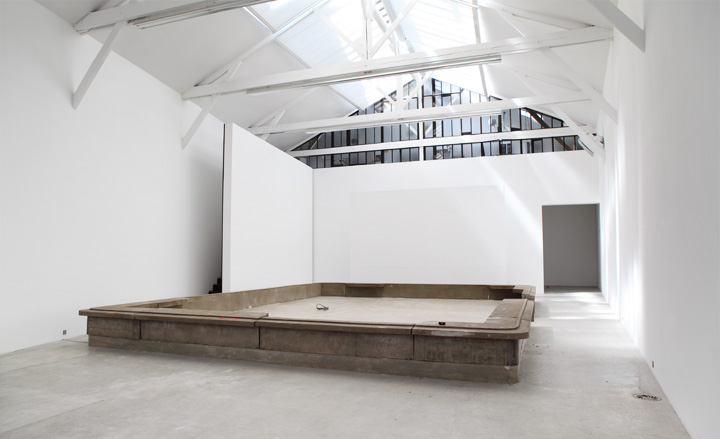
The base of the Maison des Jours Meilleurs in Galerie Patrick Seguin, Paris, where the now completed house is on view until September
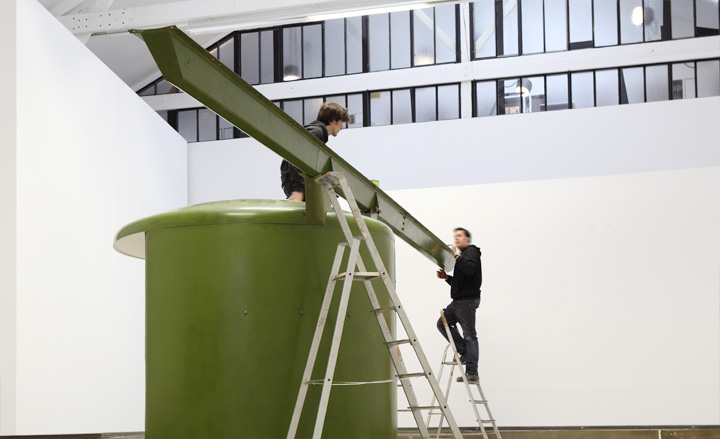
The steel cylindrical element, painted olive green, is put in place. It contains a kitchen on one side and a bathroom on the other, and also holds up the central roof beam
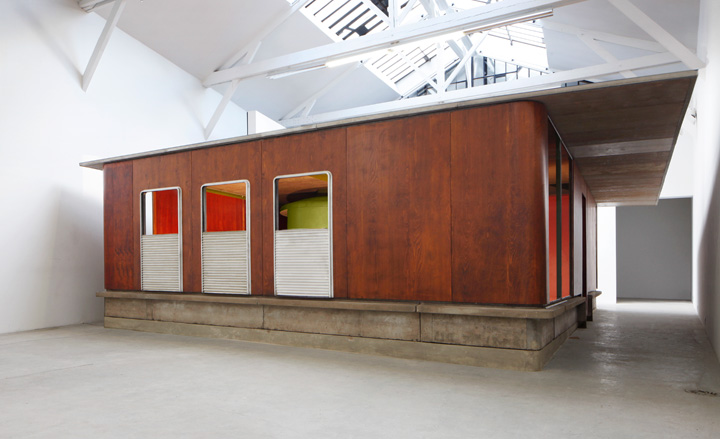
The fully restored and reconstructed house in Galerie Patrick Seguin.
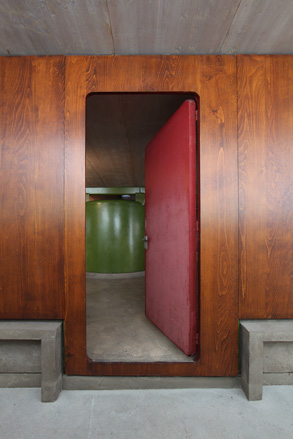
A sneak preview of the interior of the house from outside
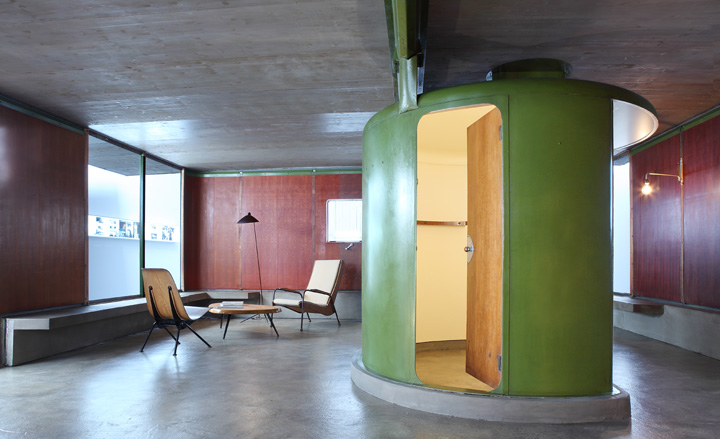
The interior of the house featuring the olive green cylindrical element that houses the bathroom and the kitchen
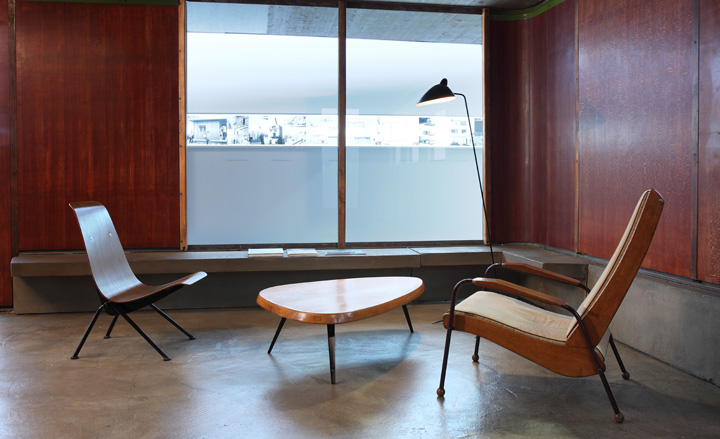
The interior of the house featuring a selection of Prouvé furniture
ADDRESS
Galerie Patrick Seguin
5 rue des Taillandiers
75011, Paris
Receive our daily digest of inspiration, escapism and design stories from around the world direct to your inbox.
Amy Serafin, Wallpaper’s Paris editor, has 20 years of experience as a journalist and editor in print, online, television, and radio. She is editor in chief of Impact Journalism Day, and Solutions & Co, and former editor in chief of Where Paris. She has covered culture and the arts for The New York Times and National Public Radio, business and technology for Fortune and SmartPlanet, art, architecture and design for Wallpaper*, food and fashion for the Associated Press, and has also written about humanitarian issues for international organisations.
-
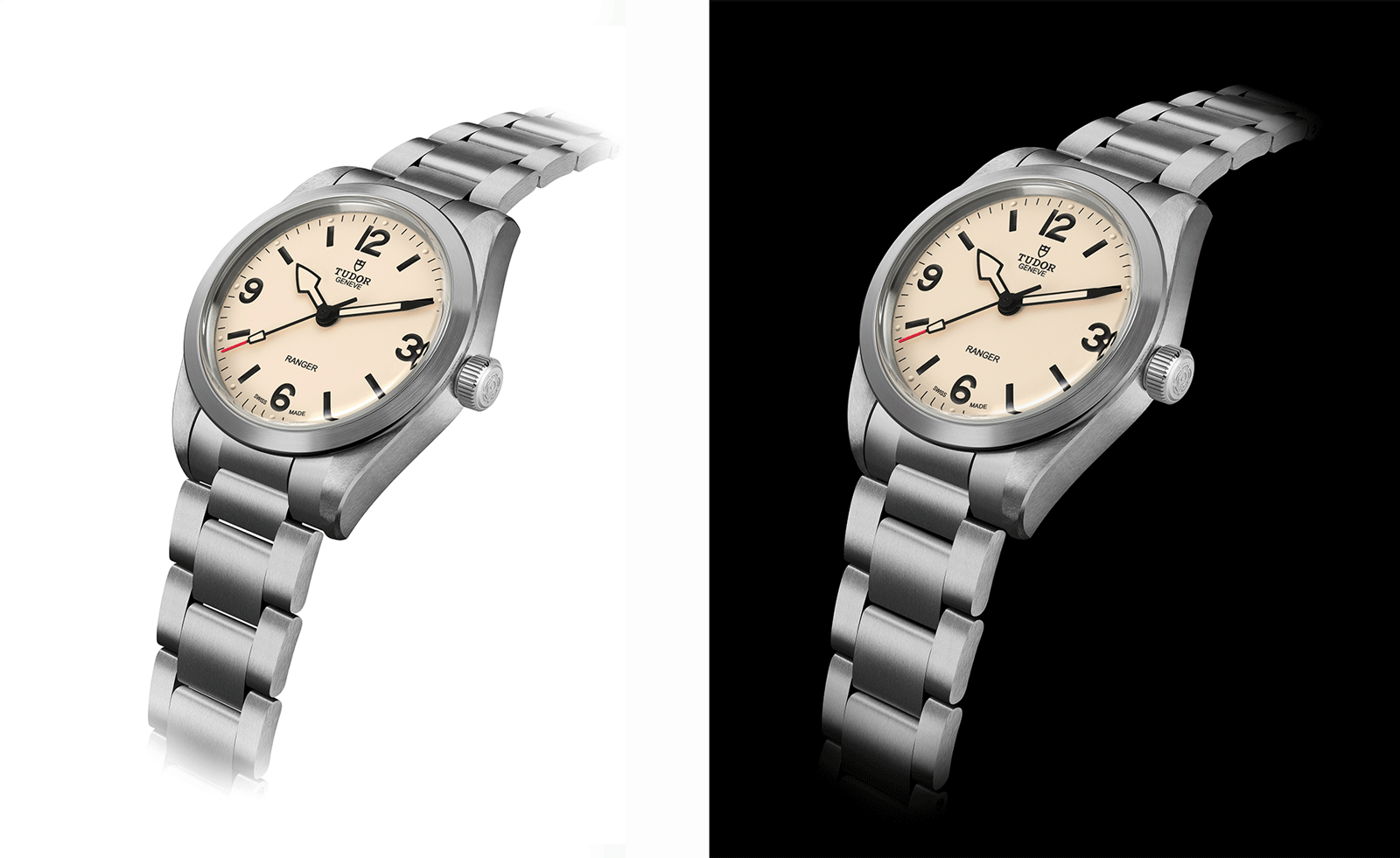 The new Tudor Ranger watches master perfectly executed simplicity
The new Tudor Ranger watches master perfectly executed simplicityThe Tudor Ranger watches look back to the 1960s for a clean and legible design
-
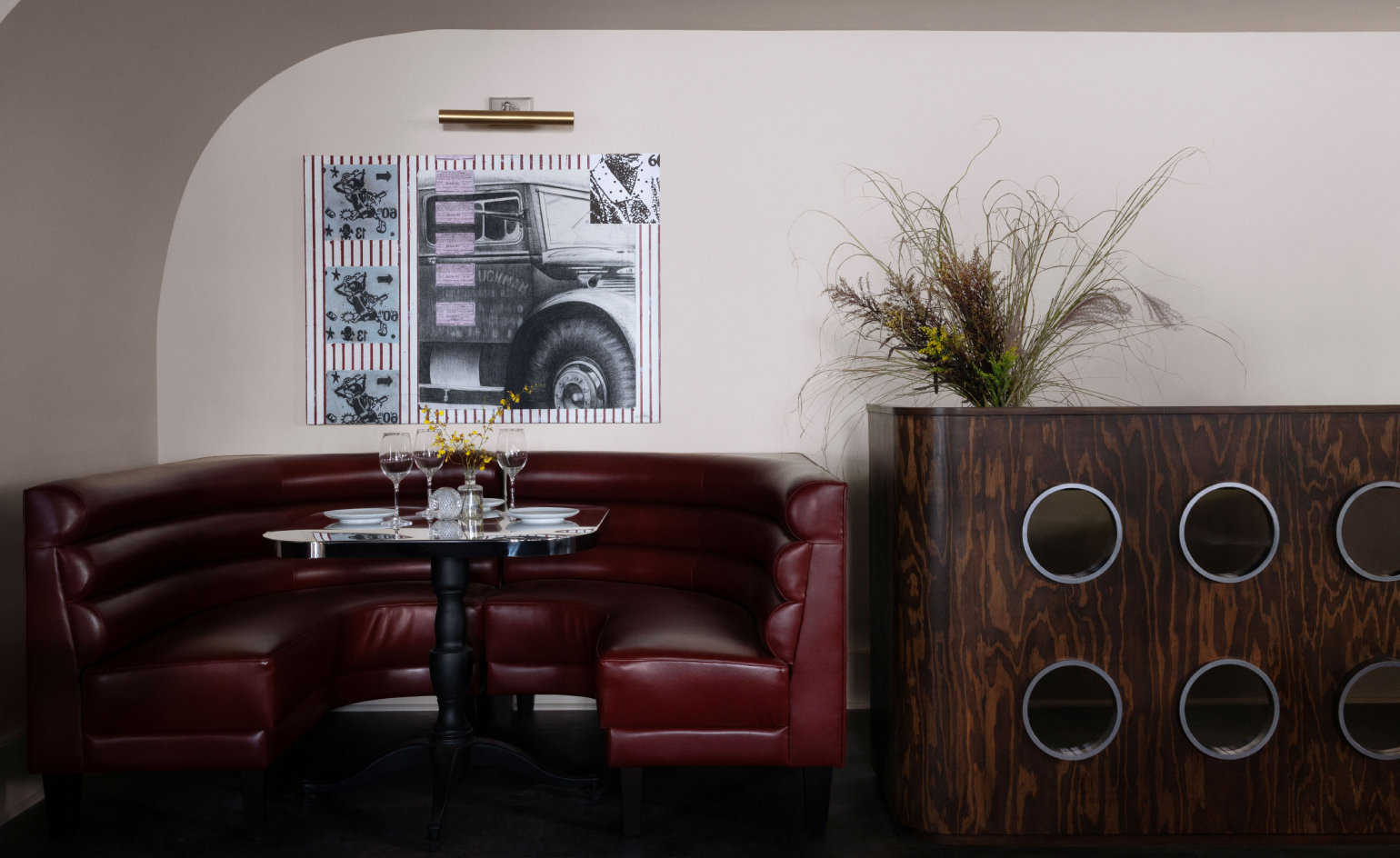 This late-night hangout brings back 1970s glam to LA’s Sunset Boulevard
This late-night hangout brings back 1970s glam to LA’s Sunset BoulevardGalerie On Sunset is primed for strong drinks, shared plates, live music, and long nights
-
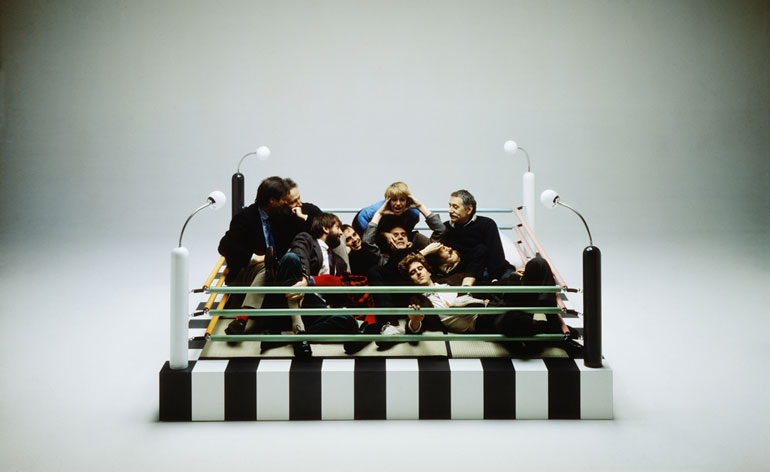 How Memphis developed from an informal gathering of restless creatives into one of design's most influential movements
How Memphis developed from an informal gathering of restless creatives into one of design's most influential movementsEverything you want to know about Memphis Design, from its history to its leading figures to the pieces to know (and buy)
-
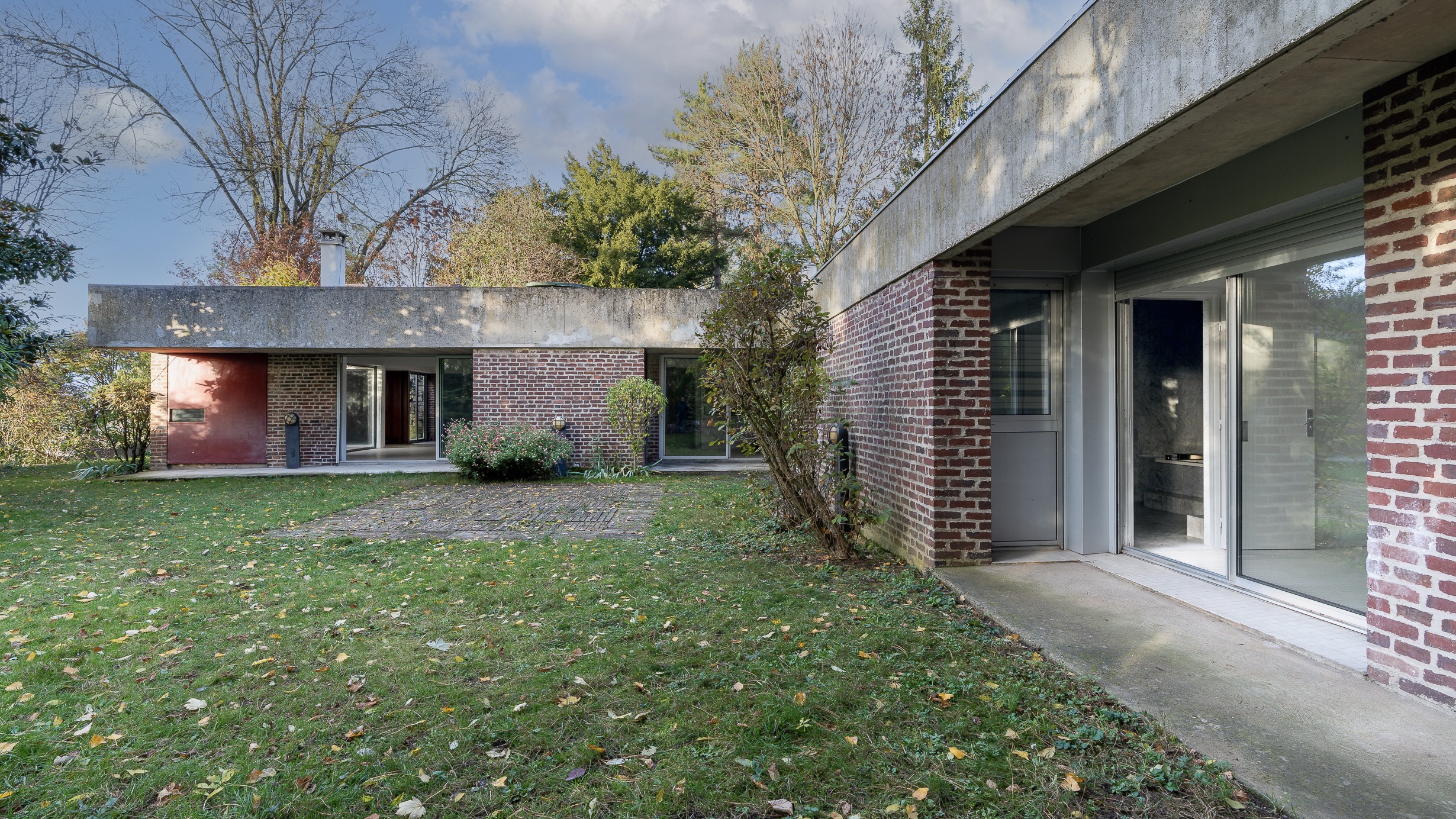 This modernist home, designed by a disciple of Le Corbusier, is on the market
This modernist home, designed by a disciple of Le Corbusier, is on the marketAndré Wogenscky was a long-time collaborator and chief assistant of Le Corbusier; he built this home, a case study for post-war modernism, in 1957
-
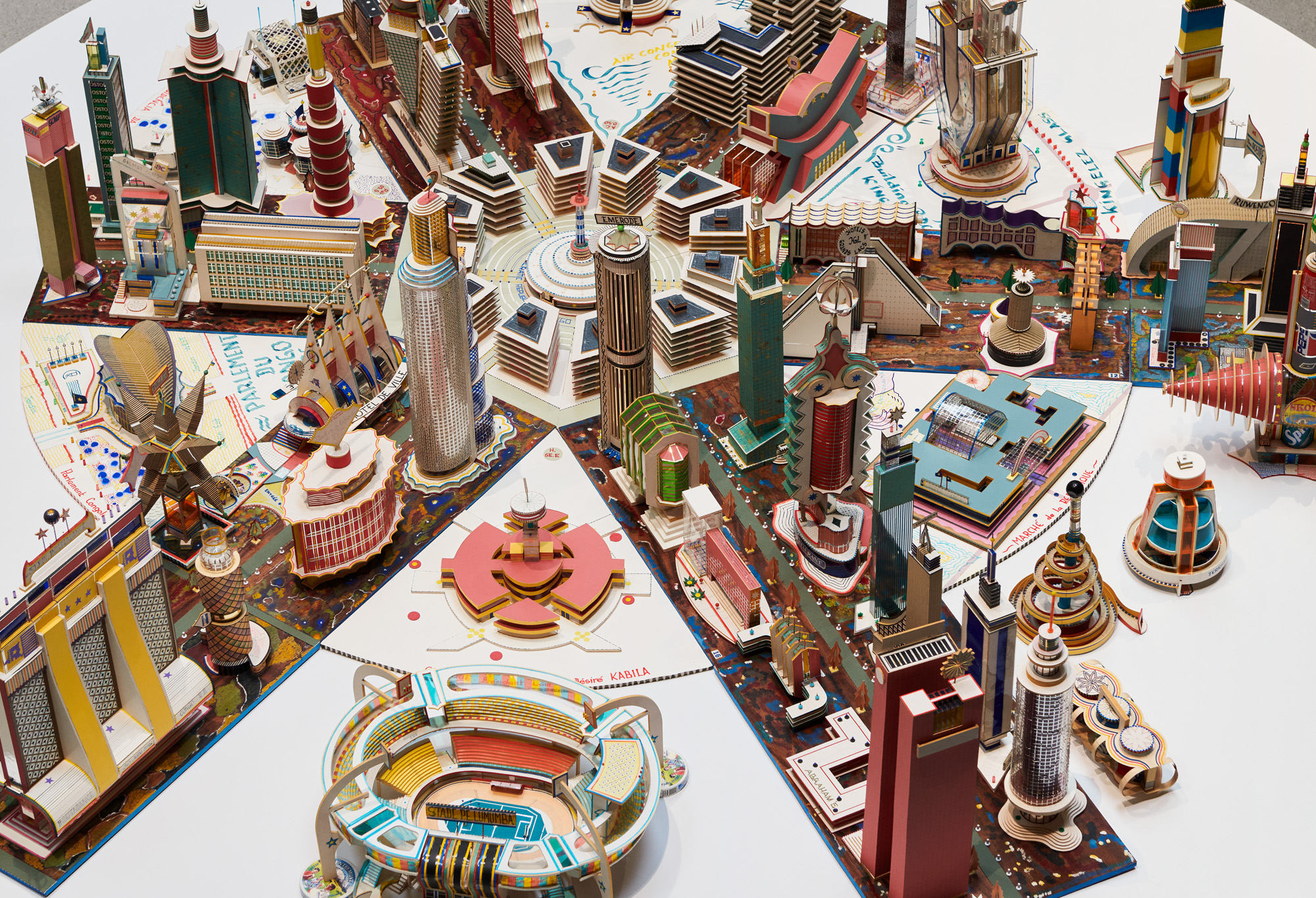 ‘You have to be courageous and experimental’: inside Fondation Cartier’s new home
‘You have to be courageous and experimental’: inside Fondation Cartier’s new homeFondation Cartier pour l'art contemporain in Paris invites us into its new home, a movable feast expertly designed by Jean Nouvel
-
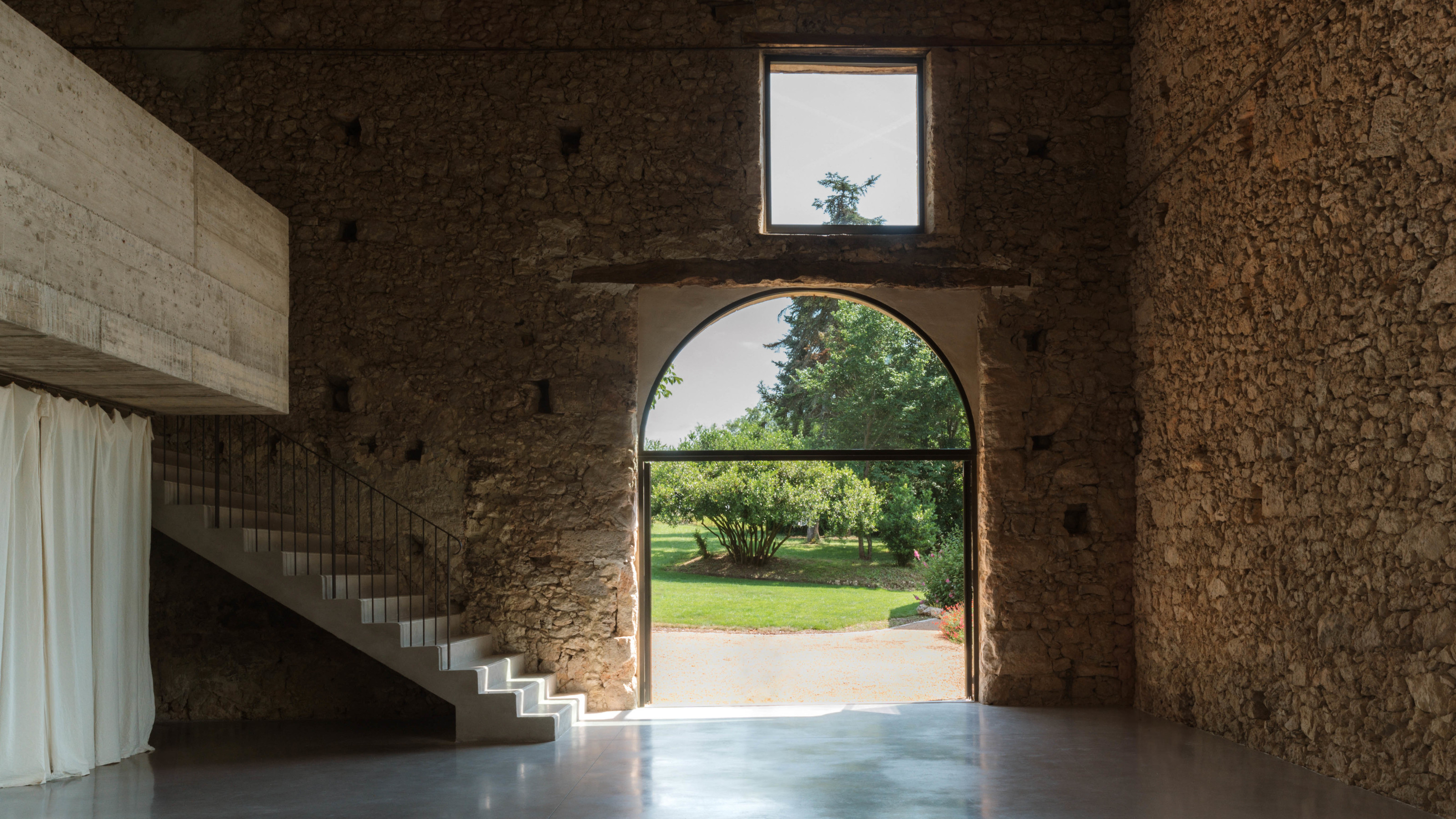 A wellness retreat in south-west France blends rural charm with contemporary concrete
A wellness retreat in south-west France blends rural charm with contemporary concreteBindloss Dawes has completed the Amassa Retreat in Gascony, restoring and upgrading an ancient barn with sensitive modern updates to create a serene yoga studio
-
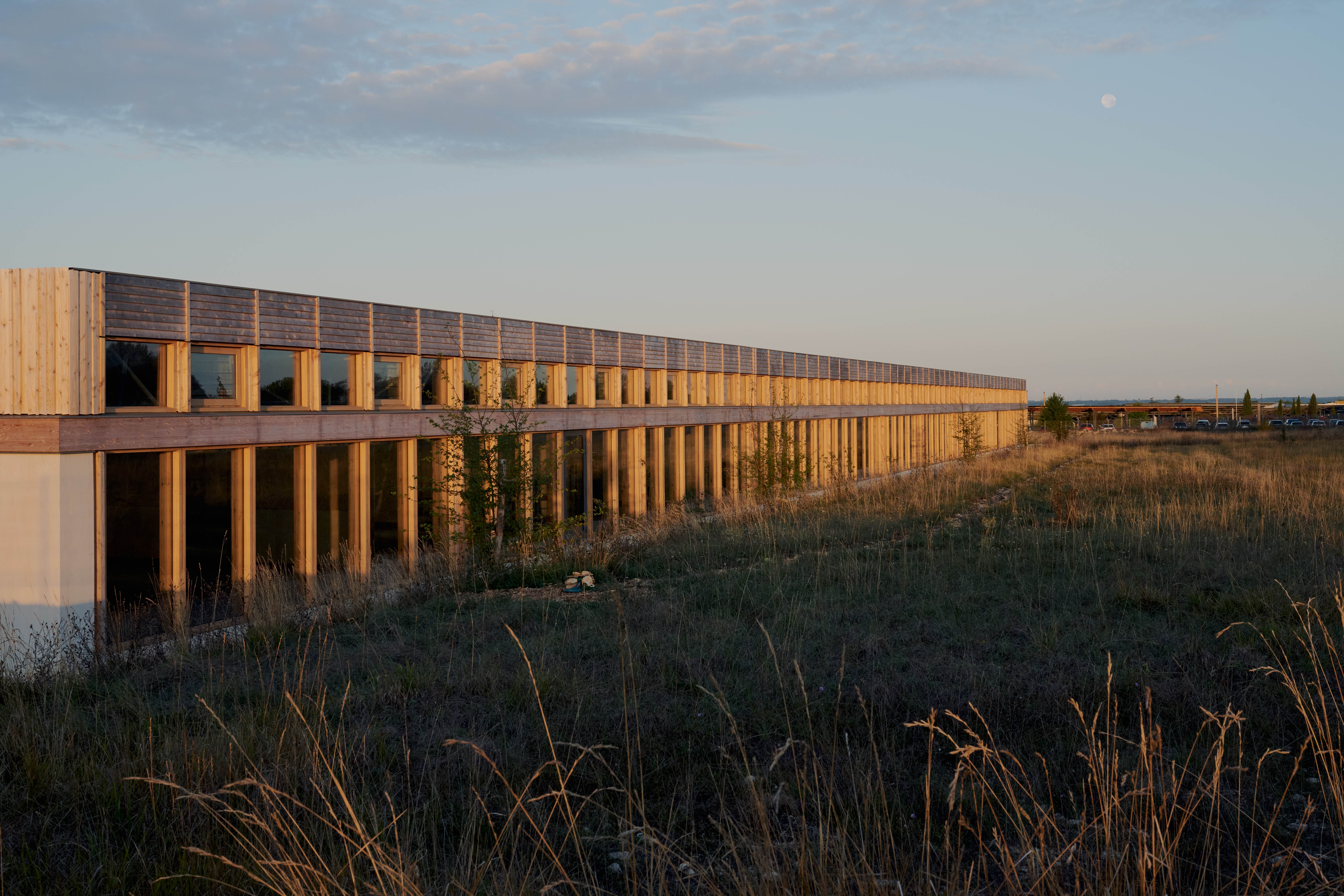 Explore the new Hermès workshop, a building designed for 'things that are not to be rushed'
Explore the new Hermès workshop, a building designed for 'things that are not to be rushed'In France, a new Hermès workshop for leather goods in the hamlet of L'Isle-d'Espagnac was conceived for taking things slow, flying the flag for the brand's craft-based approach
-
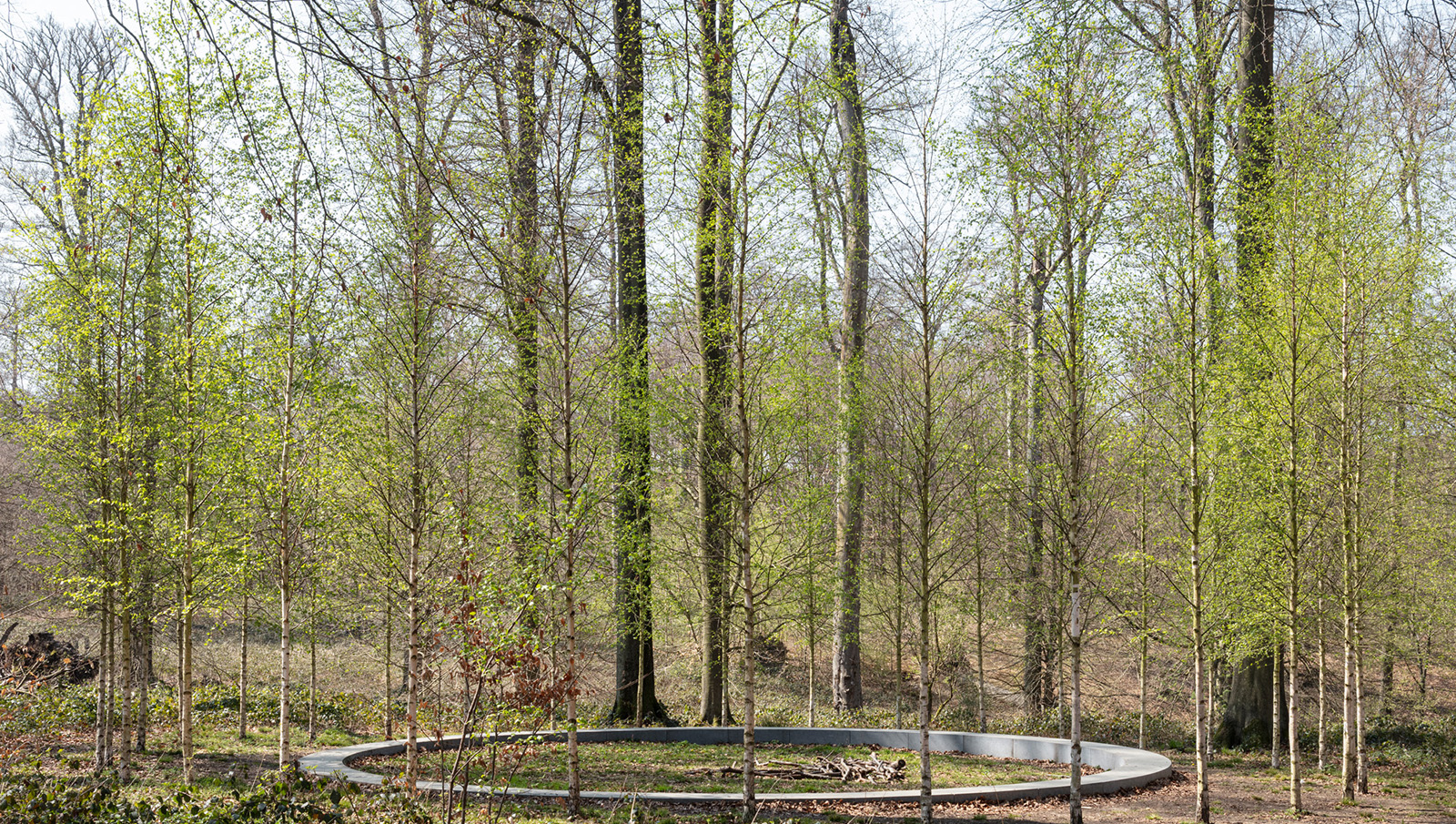 ‘Landscape architecture is the queen of science’: Emanuele Coccia in conversation with Bas Smets
‘Landscape architecture is the queen of science’: Emanuele Coccia in conversation with Bas SmetsItalian philosopher Emanuele Coccia meets Belgian landscape architect Bas Smets to discuss nature, cities and ‘biospheric thinking’
-
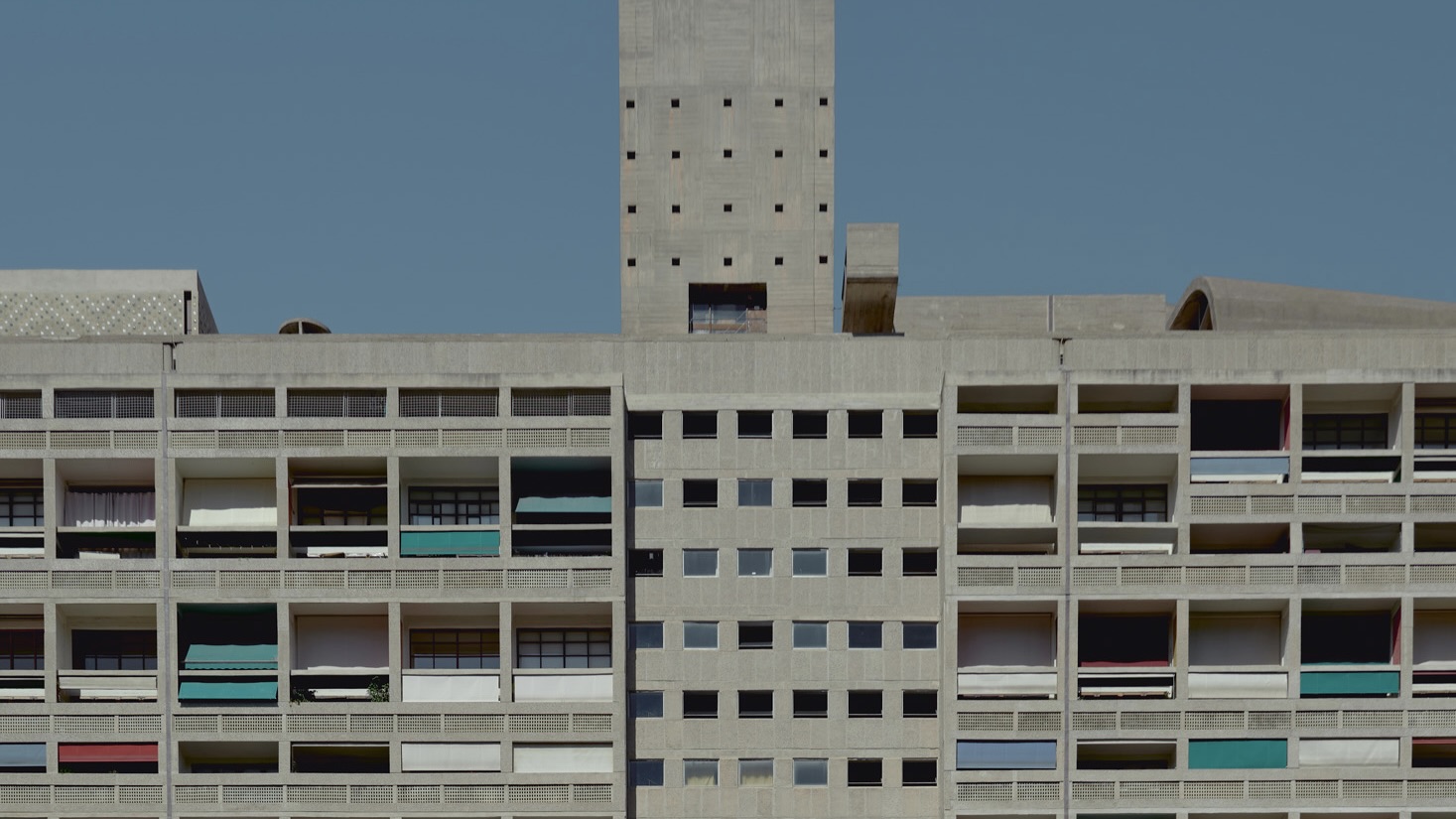 An apartment is for sale within Cité Radieuse, Le Corbusier’s iconic brutalist landmark
An apartment is for sale within Cité Radieuse, Le Corbusier’s iconic brutalist landmarkOnce a radical experiment in urban living, Cité Radieuse remains a beacon of brutalist architecture. Now, a coveted duplex within its walls has come on the market
-
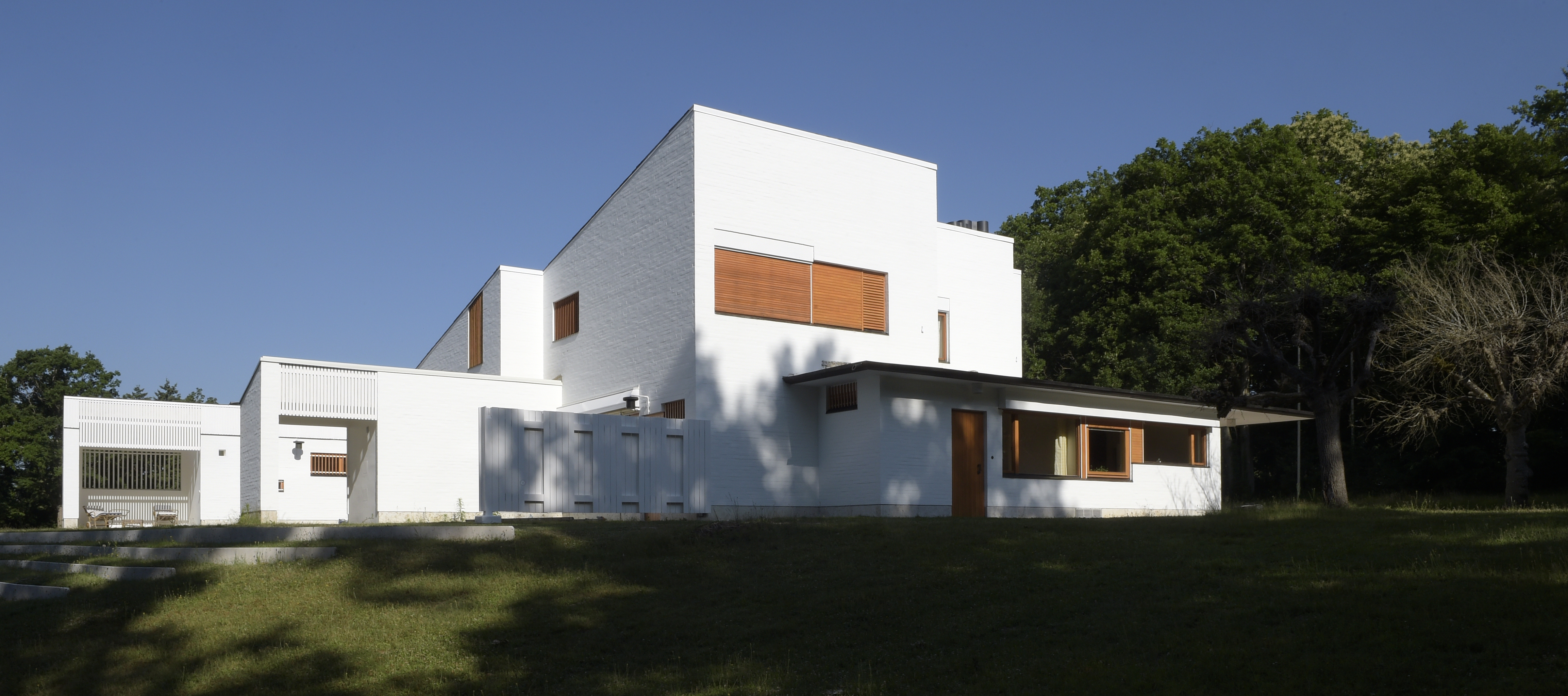 Maison Louis Carré, the only Alvar Aalto house in France, reopens after restoration
Maison Louis Carré, the only Alvar Aalto house in France, reopens after restorationDesigned by the modernist architect in the 1950s as the home of art dealer Louis Carré, the newly restored property is now open to visit again – take our tour
-
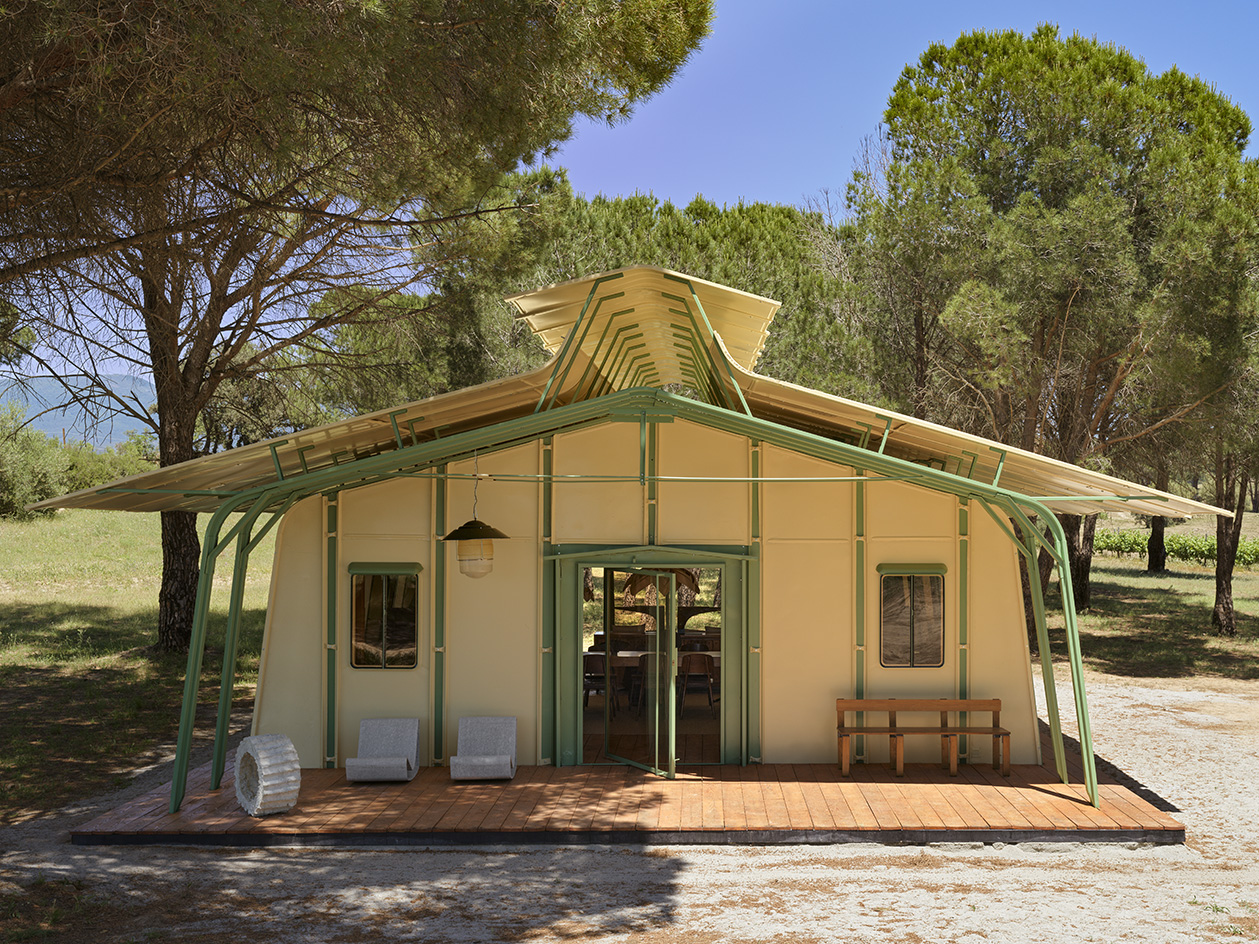 Meet Ferdinand Fillod, a forgotten pioneer of prefabricated architecture
Meet Ferdinand Fillod, a forgotten pioneer of prefabricated architectureHis clever flat-pack structures were 'a little like Ikea before its time.'